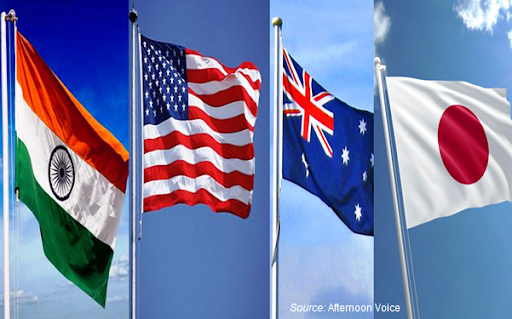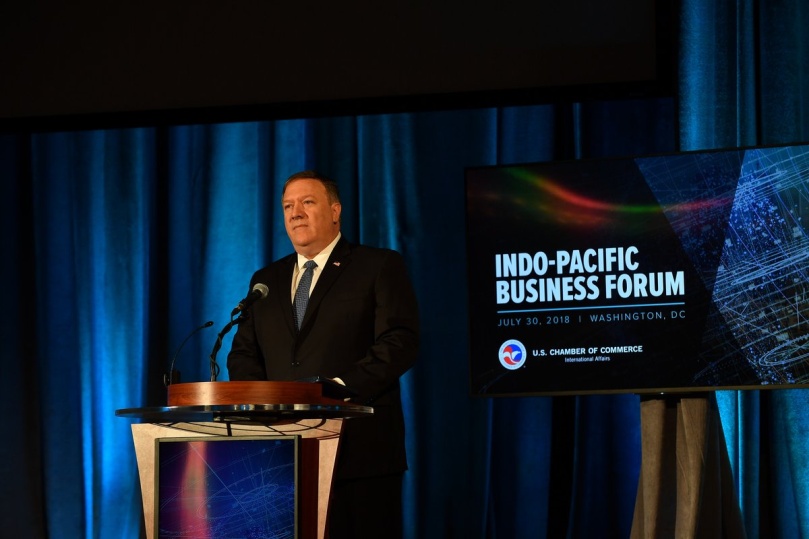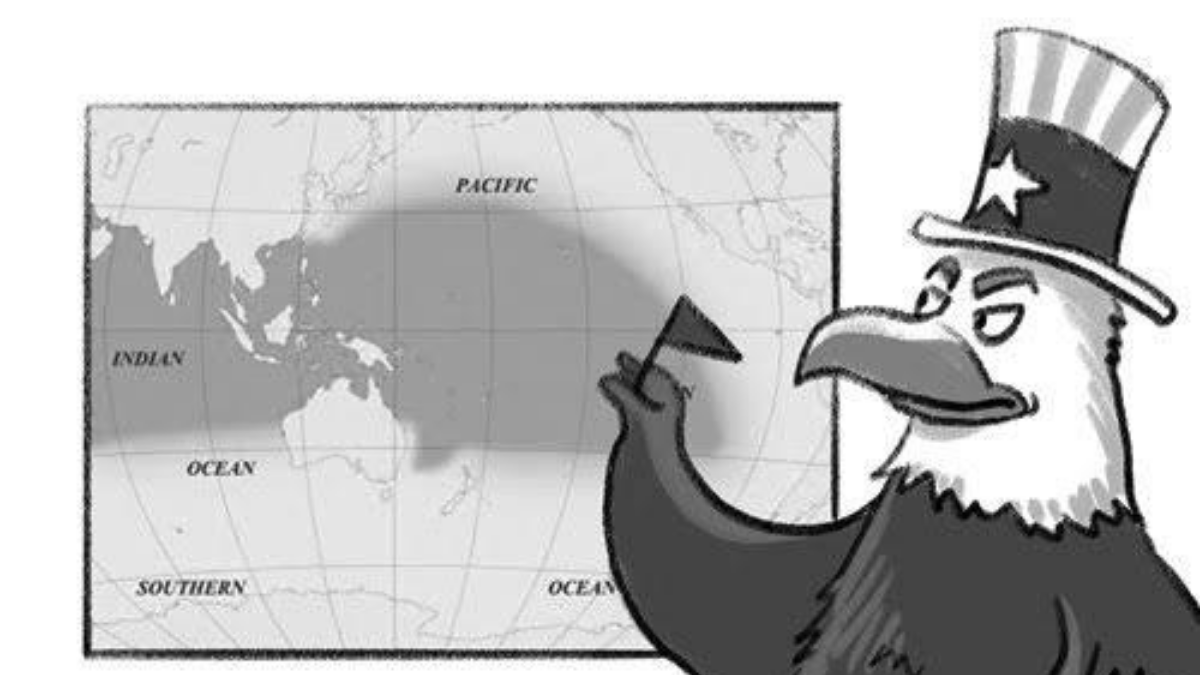In 2018, at the Shangri-La Dialogue, Prime Minister Narendra Modi had said that India sees the Indo-Pacific as a “geographical concept”, not a “strategy or a club of limited members”. The geographic context of the Indo-Pacific Maritime Alliance points towards the Indian Ocean and the Pacific Ocean, as the name indicates. The idea of the Alliance is maintaining the relations between the nations in regard to marines and ensuring national security and connectivity, though the strategies change from time to time as per the needs of the countries involved. The government introduced Security and Growth for All in the Region (SAGAR) to exhibit that it was founded upon cooperative and collaborative rules-based order. It has been established to maintain the peace and stability of India in the Indian Ocean Region.

Indo-Pacific has entered the geostrategic discourse as a substitute for the Asia-Pacific. The main aim is to re-shape alliances in response to China’s rise in power. This alliance will also strengthen the Quadrilateral Security Dialogue (QUAD) which consists of Japan, Australia, India, and the US. QUAD is focused on balancing the growing presence of China in the Indian Ocean. It has bases in Djibouti, Hambantota in Sri Lanka, and the Maldives and has been successful in shadowing the US Naval bases. There’s also a geopolitical theory called the ‘String of Pearls’ which refers to the vast trade and military expansion, by the Chinese in the Indian Ocean Region due to which there’s a pressing need for improving maritime security. Each ‘pearl’ represents a Chinese military base or port in the region.
The United States is the leader of the Indo-Pacific Alliance. The motivating reason for the participation of the US could be its goal of safeguarding leadership in the region. Japan, being an island country, has been exposed to many factors that are a risk to its national security and faces concerns like growing violence and therefore, is an active ally to the alliance. Australia is an ally because, in the past, it was trying to avoid the ‘cold war’ situation and now at present, is upset by the COVID-19 situation and is firmly standing against China. India’s main focus is on maintaining cordial relations with South-East Asian countries and aims towards achieving political stability worldwide. After the killing of 20 soldiers in Galwan Valley, by the Chinese troops, the Indian-Chinese ties have been gravely damaged and it seems like they are beyond recovery now. The main motive of the alliance is to come together for a common problem faced by all the allies involved and ensure to work towards a solution that could benefit every ally.
In the current scenario, the countries involved in the QUAD alliance are focusing on cooperation amongst themselves for defense and security reasons. Japanese President, Shinzo Abe, has backed the association to deal with China’s rise. Chinese vessels tried to enter into Sincago Island causing a threat to his country. This was one of the largest intrusions in the time span of 8 years which motivated the President to actively participate and take decisions within the alliance.

To discuss the challenges being faced by the Indo-Pacific, a regional dialogue was held in New Delhi in March 2019. Various issues were discussed like how solidarity can be achieved in the Indo-Pacific region through maritime connectivity and how to maintain a free and open Indo-Pacific. The United States regularly conducts a ‘Freedom of Navigation’ in the South-China Sea. Recently, two American aircraft carriers, the Ronald Reagan and the Nimitz were deployed in support of a free and open Indo-Pacific. Beijing has exasperated other nations by building a network of manmade islands called the Spratly Islands with military installations.
It is the need of the hour for the countries to step up and communicate or else the security situation will deteriorate and the repercussions will be catastrophic. The QUAD alliance together came up with a way to deal with the Chinese expansionist control in LAC and the South China sea. The cooperation among the allies would help safeguard the national security of the respective countries and would help in achieving personal as well as subordinate goals. Owing to the current pandemic it is necessary to prevent any strategic misunderstanding as it will disrupt military relations and lead to a crisis.
Written by –
Devansi Masrani and Sweeni Saluja
Literary Sources –
Economic Times
The Hindu
Insights on India
Wionews
New York Times
Image Sources –
https://images.app.goo.gl/nqaojE7eSQ4zqwP3A
https://images.app.goo.gl/EdUnVVpFk5AhynVd9
https://images.app.goo.gl/PHp9E2wD9o6BHv9A8




